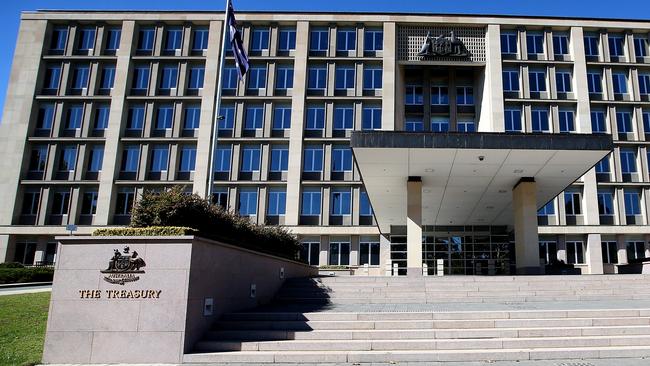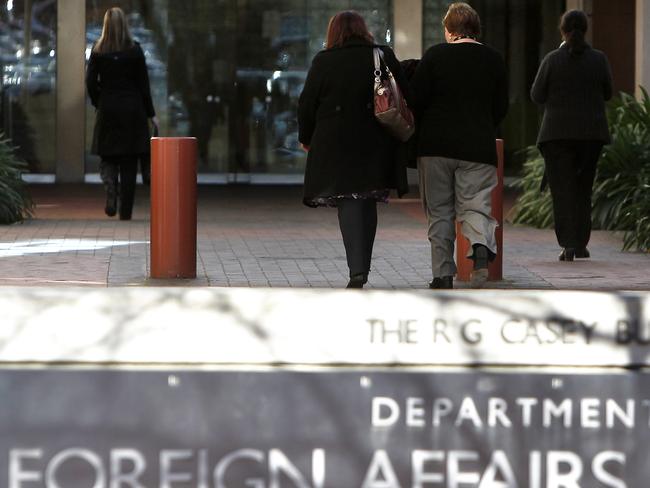
Canberra is like an island cut off from the remainder of the nation.
That means that the public service, which should be the engine room of any government, will be dominated by people who look at the world in a very different way to those whom the people have elected.
That helps explain why politicians are increasingly relying on ministerial advisers and why unwary politicians get trapped into pursuing policies that don’t align with the nation.
It’s possible that the biases that dominate parts the press gallery arise because long-time Canberra correspondents have become part of the isolated community.
It was Robert Menzies who in the 1950s moved most of the public service to Canberra.
Now, seven decades later in 2019, Scott Morrison’s cabinet will include many inexperienced people and they must try to cope with a public service that comes from a city that is different to the rest of Australia.
While the obvious differences are highlighted in the election results, they go deeper into issues like superannuation, retirement and tax.
Around Australia the Coalition scored just short of 42 per cent of the primary vote with the United Australia Party and One Nation gaining a total of about 6 per cent —-a combined vote of around 48 per cent for the conservative parties. The ALP scored just under 34 per cent and the Greens around 10 per cent—-a total of 44 per cent.
But then look at Canberra. The Greens are above 16 per cent and ALP approaches 42 per cent - a total left-wing vote of 58 cent, which is much greater than the rest of the country.
In the great tradition of the Westminster system the public service provides neutral advice. In Australia we have become caught in a vicious circle with the increase in ministerial advisers —who too often just say “yes” to ministers - reducing reliance on the public service. This in turn lowers the quality of people prepared join the public service, so lowering the quality of advice, which in turn further increases reliance on ministerial staff.
In that environment those who join the public service will be increasingly influenced by the opinions of the community in which they live. The ALP is just as vulnerable as the Coalition.
A number of former public servants were involved in promoting some of the silly policies that caused the ALP to lose an election they should have won.
The public servants’ attitude to smaller businesses spills into bad taxation advice. The Commonwealth public service has limited skills in operating an activity. We saw that graphically with pink batts, but the mistakes are repeated in disabilities, tax collection and big defence projects.

Public servants have their superannuation boosted by employer contributions of 15.4 per cent of salary each year, while in the rest of the country employer contributions are far less.
And on top of the public service is the so-called $10 million club comprised of public servants who have defined benefit pension entitlements that are among the most generous in the world and have a market value of well over $10 million per person.
The $10 million club is closed to new members, which creates a “them” and “us” mentality.
Add the Canberra environment and you can see why the public service looks at Australian society through very different glasses to the rest of the nation.
John Hewson, when he was opposition leader, proposed moving Treasury to Melbourne or Sydney so they could become part the wider Australian community rather than being isolated in Canberra.
But we have seen with the Reserve Bank that they can be just as remote when they centralise in a Martin Place bunker. Not surprisingly their recent forecasts have been badly wrong.
I don’t have an answer to the problem except to say if the public servants themselves don’t start addressing these issues then some future government - not Scott Morrison - will come down on them with an axe.





The 2019 election results confirm that the views of the population of the national capital are dramatically different to the rest of the country.